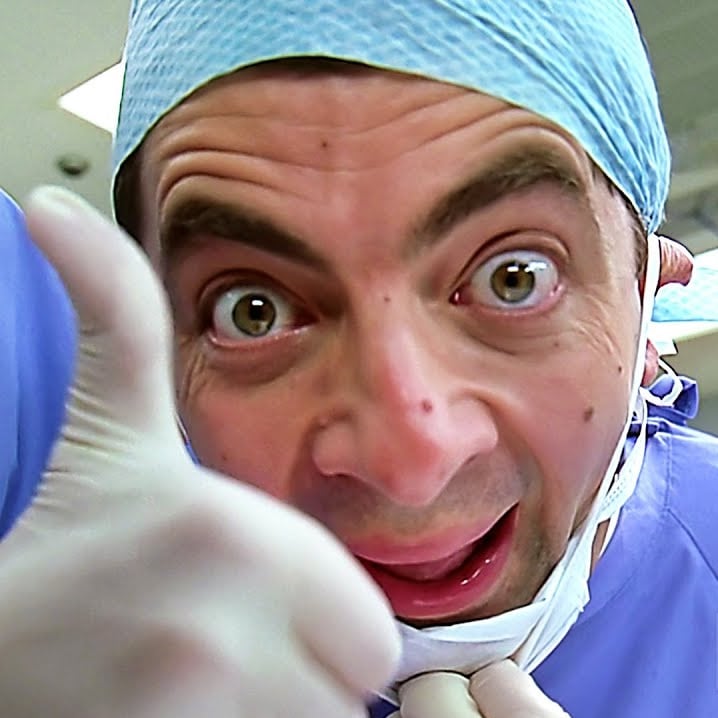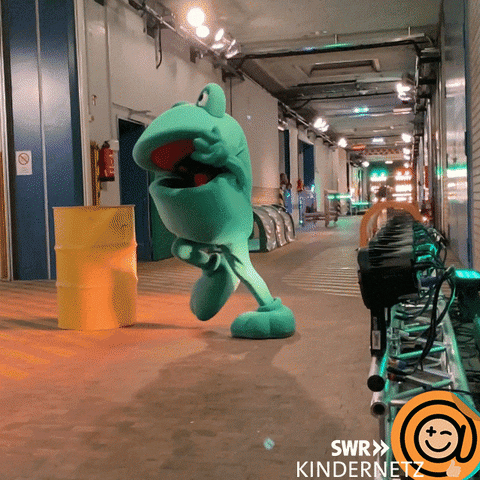i came, i saw, i absorbed oxygen directly from the air
today I learned

10% of our regular oxygen intake is through the skin.
Source?
Mostly ocean flora but there’s a lot that comes from the Amazon rainforest too.
So like … Swim goggles will suffocate my eyes? 😦
Eventually, yeah. I had an issue with contacts when I was younger as I have to wear thick toric lenses, which allow very little oxygen through. I would wear them way too long, and I was warned that continuing to do so could cause eventually cause blindness
no no no,they also gets oxygen supply from the back of your eyelids (and also oxygen dissolved in you tears). otherwise you’d have to keep your eyes open when you sleep.edit: to correct inaccurate statements.
Also your immune system will attack your eyes if it knows they’re there. Eyes are weird.
Well that’s just terrifying
Here’s how fucked up it is imagine the only difference between having eyes and not having eyes is one tiny small area that if it breaks at any moment the immune system can “find” your eyes which is why eye damage needs to be treated right away. One tiny barrier keeps your eyes from being identified and if that breaks your worst nightmare.
What is this tiny barrier called and where is it?
There’s multiple but the one I’m talking about is corneal epithelium. https://biologyinsights.com/immune-system-eyes-mechanisms-of-ocular-protection/
Edit:it can trigger an immune response
That’s also why certain contact lenses can’t be worn overnight or for long periods of time because they aren’t as breathable. At least that’s what my eye doctor said when I got them.
Yep and if you wear them for too long your body will grow new blood vessels to supply your oxygen-starved eyes with what they need. These new blood vessels can cover your retina and can lead to blindness.
Learned that one by sleeping in daily disposable contacts for a while and losing a significant portion of my peripheral vision.
Oh damn, did not know that was a risk
Forever?
Yup!
Bet you didn’t see that coming
That’s correct. It’s generally recommended for lenses to have at least over 100 Dk/t for sleep and they need to be approved for that. Dk/t is the measured oxygen transmission through the lens material, the higher, the better. I would not recommend lenses with Dk/t of 30 and under even for daily wear as they starve eyes of oxygen. Especially since there are very affordable ones with very high Dk/t like Miru and Biofinity (around 160 iirc).
So what you’re saying is, my eyes are also lungs?
More like a giant alveolus. But inside out. With a giant sphincter in the middle. That poops light.
Boy, after getting a notification with this reply I had a hell of a time trying to figure out what I could have possibly said to spur it
Be careful the questions you throw into the void.
They don’t need oxygen when I’m sleeping?
It is the only part of the body without a blood supply. Instead, it receives nutrients via aqueous humor (the liquid between the cornea and vitreous).
Instead, oxygen dissolves in tears and then diffuses throughout the cornea to keep it healthy.[5] Similarly, nutrients are transported via diffusion from the tear fluid through the outside surface and the aqueous humour through the inside surface.
And because that seemed lacking still and I’m too dumb to figure it out ChatGPT’s response:
The palpebral conjunctival blood vessels and the capillaries of the eyelids supply oxygen to the tear film behind closed lids. Oxygen diffuses from these vessels into the cornea.
You have a high concentration of blood vessels on the inside of your eyelids, which are kept in contact with the cornea by tears. It doesn’t only let oxygen through, some parts of blood (like lymph and antibodies) can also travel through the tears and into your cornea.
Surely the oxygen and carbon dioxide also diffuse through the aqueus humor and surrounding sclera.
speak for yourself
How does it not get damaged if we’re asleep and our eyes are closed?
That’s crazy












